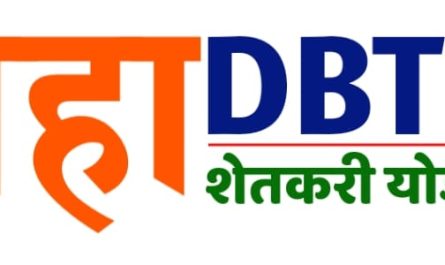There is no possible way that you could not have heard about an FD, or you mostly have an account too. But before we can go on about how you can get a loan against an FD and start with what an FD is. Here we can speak about the basics of a fixed deposit, all the way to finding out how a loan against your FD will work.
Get the latest news on the federal corruption case involving Karen Bass mayor and USC. What will happen to Karen Bass now that her scholarship is at the center of a bribery case?
What is a Fixed Deposit – Explained
A fixed deposit is offered by banks, NBFC, and other financial institutions. It is a savings scheme where you can lock up your lump sum money for a fixed period of time and also earn interest on your sum.
On maturity, you will be allowed to withdraw your money, along with the interest that has been earned.
There are emergency cases where you can break off your fixed deposit. But, in this case, you will be charged an amount penalty to do so.
But, the best part is – you can get a loan against your FD account. Keep reading and find out more about it.
What is a Loan Against your Fixed Deposit?
People frequently look for funding options like loans and other lending prospects when they are in a cash constraint or have a financial emergency. Taking out loans against your fixed deposits is one of those essential sources (FD). This is a fast and simple method to obtain a short-term loan from a financial institution. Instead of prematurely terminating your FD, you can easily obtain a loan against FD from the same bank where you have your fixed deposits.
A loan against Fixed Deposit is a secured loan in which the consumer would pledge their fixed deposit as collateral in exchange for the loan. The loan amount would be determined by the amount of the FD deposit. This could be anywhere between 90% and 95% of the deposit amount.
When a client takes out the loan against a fixed deposit – the bank utilizes the Fixed Deposit as security collateral. As a result – the loan is now secured. As it is a secured loan – the interest charged is reduced. If the loanee (who is you) is unable to repay the loan amount, the bank could readily get the funds from the FD account. This sum is usually settled when the loan matures.
Loans against fixed deposits are available to all fixed deposit holders, whether individuals or joint accounts. This facility does not accept FDs in the name of minors. This kind of loan is not available to investors who have a 5-year tax-saving FD.
How Does a Loan Against a Fixed Deposit Work?
When the amounts needed are quite less than the funds deposited in the FD, taking a loan against it is preferable to liquidating it.
Let’s say you have a 10-lakh FD but only need 3-4 lakh. An alternative would be to take out a loan. The premature withdrawal of FD carries a penalty. In many circumstances – taking out a loan would be more pocket-friendly than paying the fine – especially if the borrower has the ability to repay it.
However, if you are unsure if you will be able to return the loan on time, it is preferable to break the FD. Keep in mind that defaulting on a loan secured by an FD can affect your credit score.
What are the Major Perks of Investing in a Fixed Deposit?
Is a Loan Against FD the same as an Overdraft?
An overdraft is a credit on a current account issued to an individual or company. The amount you withdraw can change every day depending on your needs. It’s similar to using a credit card. Up to your credit limit, you can borrow as much as you need. A loan, on the other hand, is a set sum of money borrowed from a bank for a set length of time with regular payments. The loan that you get through your FD uses your fixed deposit as collateral for the loan.
How to Get a Loan Against your FD?
Except in a few circumstances where you must visit the bank’s nearest location, most lenders allow you to apply for a loan against a fixed deposit online. State Bank of India, HDFC Bank, Axis Bank, and more are some of the biggest institutions that offer the option of taking out a loan against a fixed deposit through their websites. In the case of Federal Bank, you’ll need to go to the bank’s nearest branch.
Conclusion
A, FD is one of the safe havens you can have to start investing in. Well, you know that a fixed deposit is not just a good choice to save, and you need to remember it will also come in handy when you have a cash crunch.


